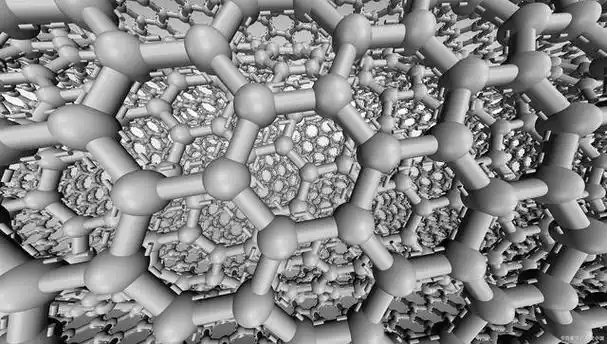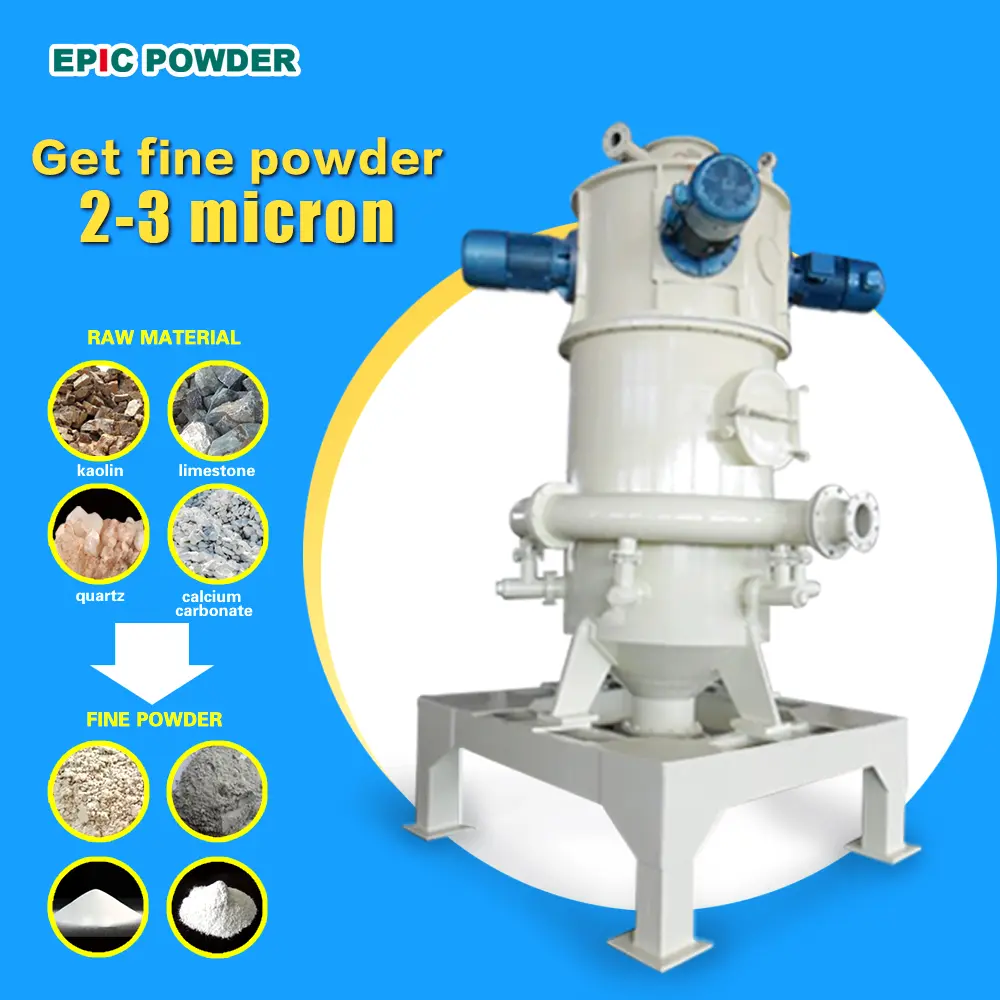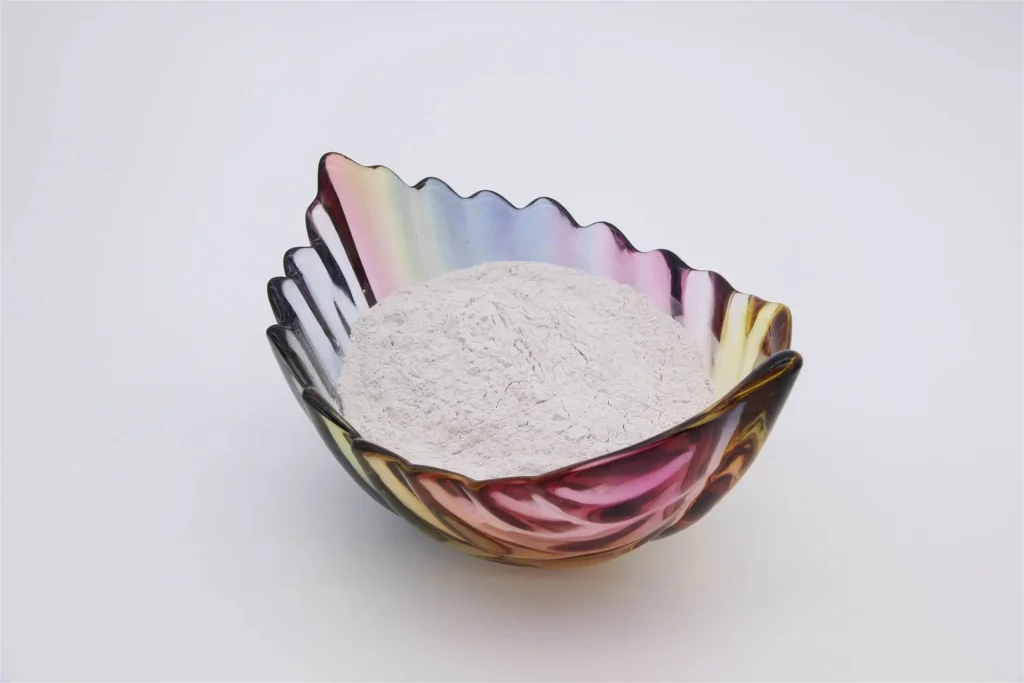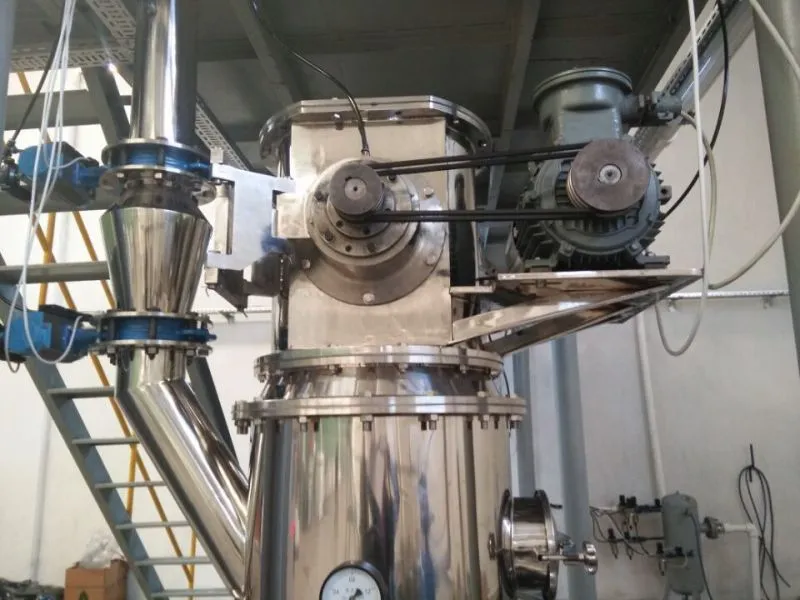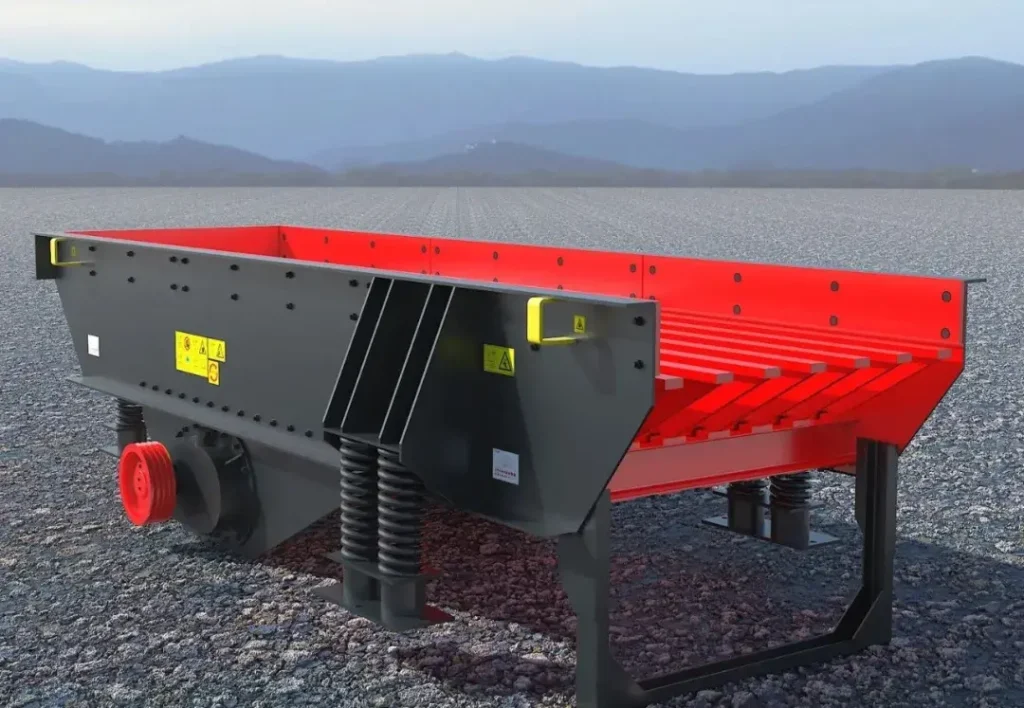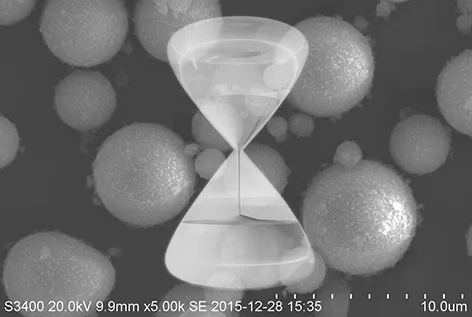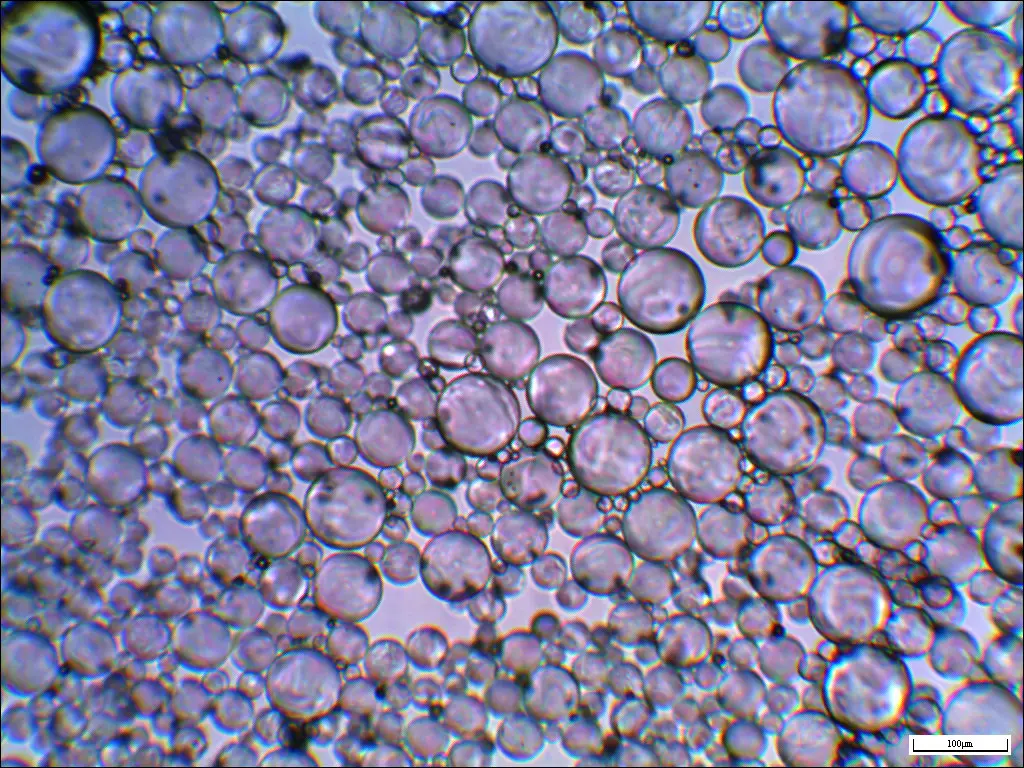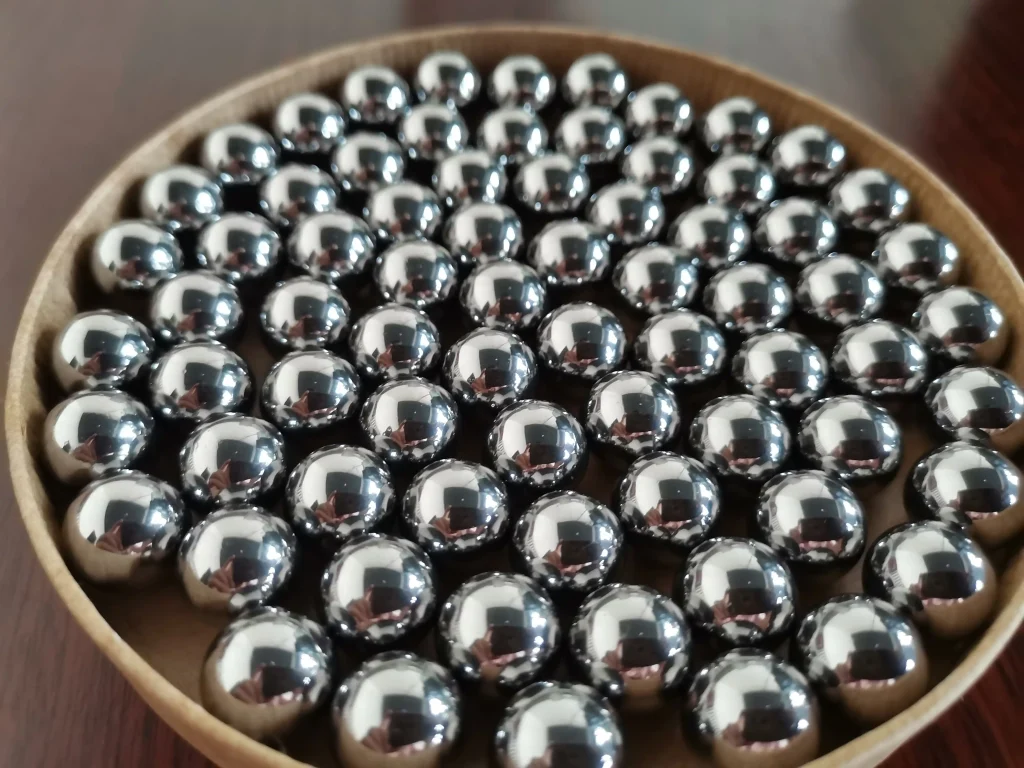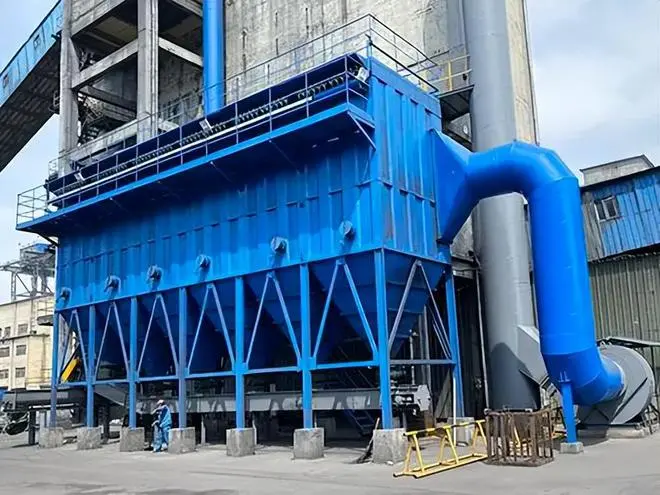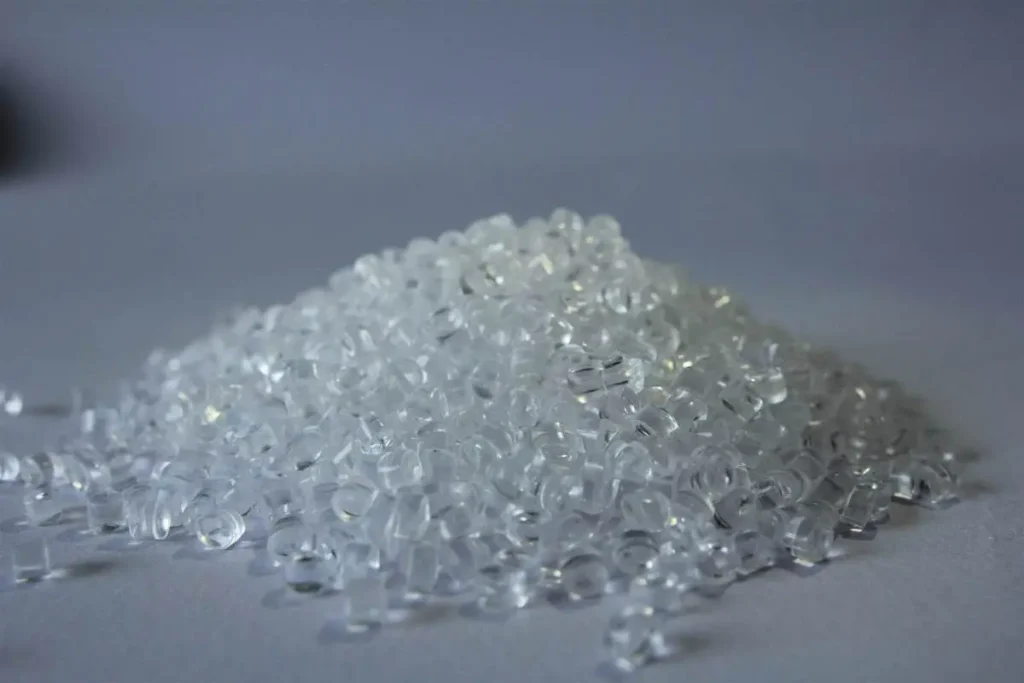What are the characteristics of nanopowders?
Nanopowders have characteristics that differ from both atoms and crystals. They can be considered a new material, which is different from bulk materials. They have physical and chemical properties that significantly differ from those of bulk materials. The surface structure of nanoparticles differs from the internal structure. The atomic spacing inside the particles is generally […]
What are the characteristics of nanopowders? Read More »

